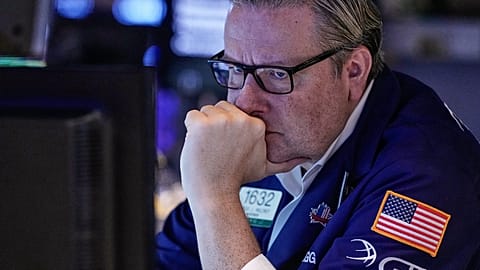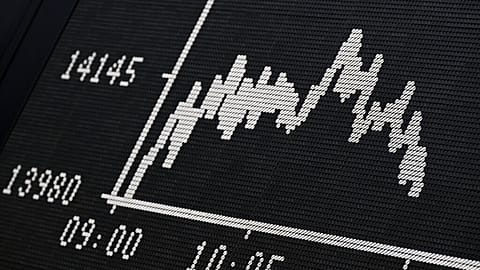Crude oil and gold prices surged due to escalating tensions in the Middle East and the ongoing conflict between Ukraine and Russia. While increasing demand for safe-haven assets is likely to sustain gold prices, the bullish momentum in oil markets may also persist due to concerns over undersupply.
Recently, both oil and gold prices surged due to rising tensions in the Middle East and the ongoing conflict between Ukraine and Russia. The US Defence Department announced plans to deploy a missile submarine to the Middle East, as Israel braces for a potential military attack by Iran following the assassination of a Hamas leader. This development has heightened concerns that the situation could escalate into a broader regional conflict. Additionally, Russia has begun extensive evacuations of civilians from Kursk and Belgorod as Ukrainian forces advance.
On Tuesday, gold futures on Comex increased by 1.2%, approaching their all-time high of over $2,500 per ounce recorded on 2 August. This rise reflects heightened demand for safe-haven assets amid the escalating military tensions between Iran and Israel. Similarly, concerns over potential supply disruptions have driven up crude oil prices, with Brent and WTI futures rising more than 3% to $81.77 per barrel and $78.25 per barrel, respectively, marking their highest levels in three weeks.
Both gold and oil prices experienced a slight retreat during the Asian session on Wednesday, as risk aversion eased with a rebound in stock markets across Asia, particularly in Japan. Despite this pullback, the two major commodity prices are likely to face further upward pressure given the current macroeconomic environment.
Gold may take a further tailwind as a haven asset
The spot gold price surged to as high as $2,473 per ounce on Tuesday before retreating to $2,464 per ounce at 8 am CEST this morning. This level is just short of its all-time high from a month ago, and the momentum may take it to surpass that peak and set a new record if the trend persists.
Several factors are driving this rally. Firstly, recent market turmoil has increased demand for safe-haven assets as investors flee equities, particularly technology stocks. Secondly, the ongoing risks of a broader conflict in the Middle East are likely to continue supporting the rally in precious metals.
Finally, macroeconomic shifts are bolstering gold's long-term uptrend. Cooling inflation and anticipated easing of rate hikes in major economies, particularly with the US Federal Reserve widely expected to begin rate cuts in September, are likely to pressure the US dollar further, which in turn supports gold prices. Additionally, mounting recession fears amid softening US economic data over the past month have made gold a more attractive safe-haven investment.
Oil prices surge on undersupply concerns and technical bets
The oil markets surged more than 4% last week, with gains accelerating on Tuesday. Increasing demand and escalating tensions in the Middle East are the primary bullish drivers for oil prices.
The upcoming inventory data from the US Energy Information Administration (EIA) will be crucial for future market trends, as stockpiles have been decreasing for six consecutive weeks, ending on 2 August. According to the EIA, OPEC+ production cuts are expected to reduce global oil inventories over the next three quarters, thereby pushing oil prices higher.
In June, OPEC and its allies agreed to extend production cuts of 3.66 million barrels per day until the end of 2025, with additional voluntary cuts of 2.2 million barrels per day continuing until September this year. The organisation, which accounts for over 37% of the world's total oil supply, has been reducing output since 2022, resulting in a total cut of 5.86 million barrels per day, representing 5.7% of global demand.
Moreover, traders are responding to technical signals, including a double-bottom pattern evident in both oil futures price charts. Notably, WTI futures prices have surpassed the 50-day moving average for the first time since 19 July. These combined bullish signals may encourage traders to maintain their positive outlook on oil prices.


















